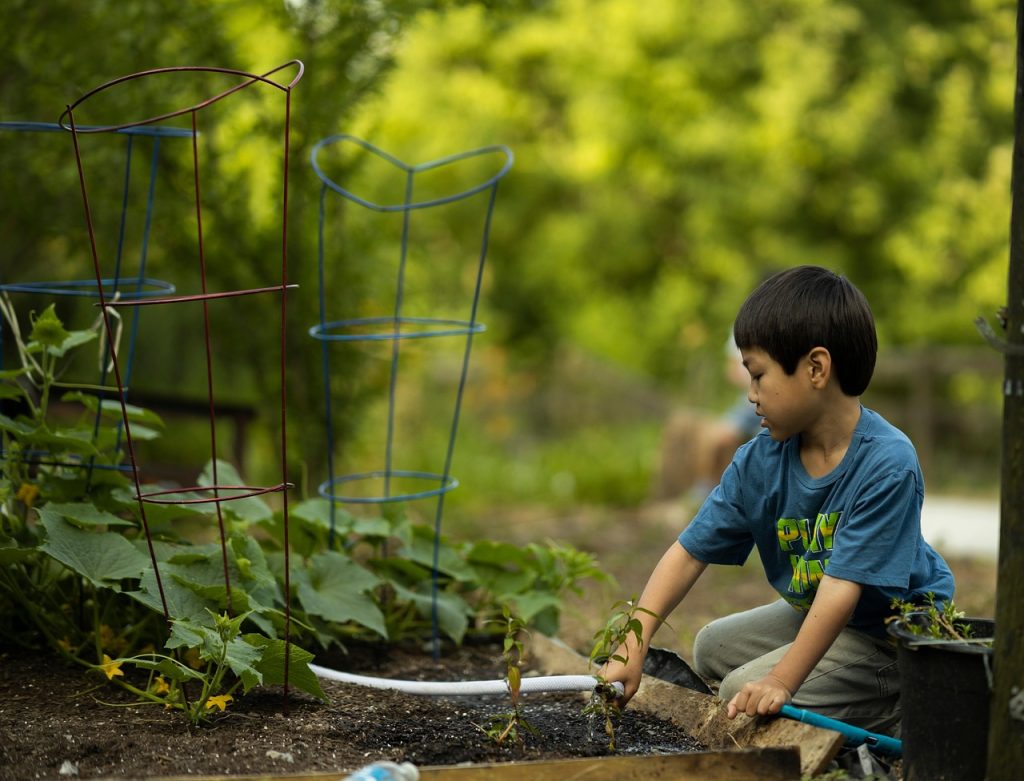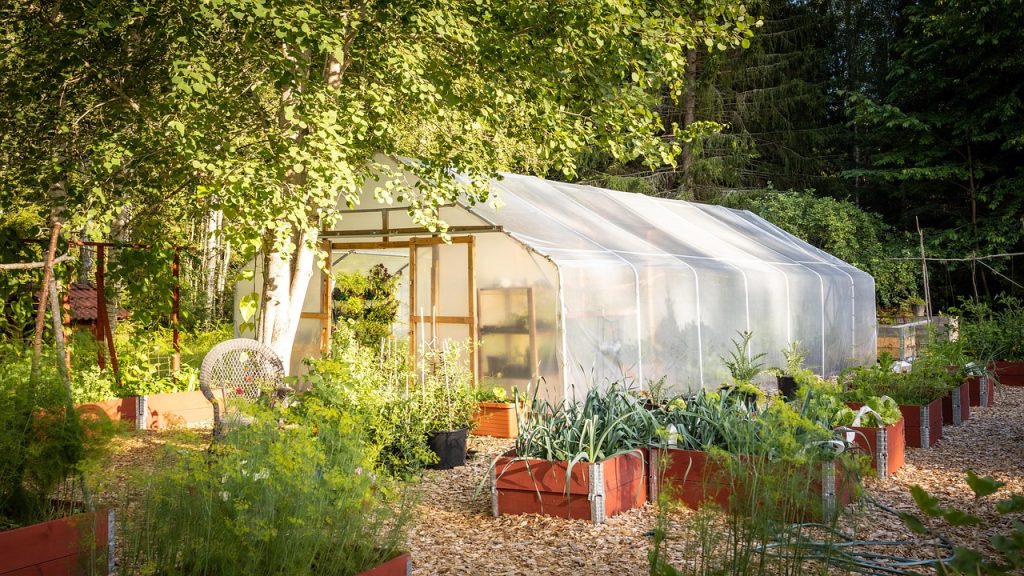Starting a First vegetable garden can be a wonderfully rewarding endeavor, bringing fresh produce to your table and a new appreciation for nature’s cycles. Whether you have a sprawling backyard or a small balcony, this guide will help you begin your journey into the world of gardening with confidence and joy.
Understanding the Basics of Vegetable Gardening
Before you dig into the soil, it’s essential to grasp some fundamental concepts. Gardening isn’t just about planting seeds; it’s also about understanding the environment, the needs of different plants, and how to manage resources sustainably.

Choosing the Right Location
Most vegetables require at least 6 to 8 hours of direct sunlight per day. Observe your potential garden space throughout the day to identify the sunniest spots. If sunlight is limited, consider plants that can thrive in partial shade, such as lettuce or spinach.
Soil Quality and Preparation
Soil is the foundation of your garden. Most vegetables thrive in well-draining soil rich in organic matter. You can improve your soil’s quality by adding compost, which provides nutrients and improves soil structure. If you’re unsure about your soil’s condition, consider getting it tested by a local cooperative extension service. This can provide valuable insights into pH levels and nutrient deficiencies.
Planning Your First Vegetable Garden
A little planning can go a long way in ensuring the success of your garden. From choosing the right plants to understanding their needs, a thoughtful approach will save you time and effort.
Choosing Vegetables to Grow
Start with easy-to-grow vegetables that are also favorites on your dining table. Some beginner-friendly vegetables include tomatoes, carrots, radishes, and zucchini. Consider the climate of your area and the season when choosing plants. For instance, tomatoes and peppers love warm weather, while kale and broccoli are more suited to cooler climates.
Layout and Design
Deciding on the layout of your garden can impact its overall success. Raised beds, for instance, offer excellent drainage and can help to ward off pests. Container gardening is another great option for beginners and can be particularly useful if space is limited. Remember to provide ample space between plants to ensure they receive enough sunlight and air circulation, which helps prevent disease.
Implementing Your Garden Plan
Once you’ve planned your garden, it’s time to put that plan into action. This stage involves preparing the beds, planting the seeds or seedlings, and setting up any necessary supports like trellises or stakes.
Preparing and Planting
Start by clearing the area of weeds and debris. Prepare the soil by tilling and enriching it with compost. Follow the planting instructions specific to each vegetable, paying close attention to spacing and depth. Water the plants gently but thoroughly to settle the soil around the roots.

Ongoing Care and Maintenance
Caring for your garden includes regular watering, weeding, and monitoring for pests. Water the plants in the morning to allow the foliage time to dry before evening, which can help prevent fungal diseases. Mulching around the plants can help retain moisture, suppress weeds, and regulate soil temperature.
Harvesting Your Vegetables
One of the most exciting parts of gardening is harvesting your produce. Knowing when and how to harvest can ensure that you get the best quality and flavor from your vegetables.
When to Harvest
Each vegetable has its own signs of readiness. For example, tomatoes are best picked when they are firm and fully colored. Leafy greens, on the other hand, can be harvested when the leaves are of a usable size, which can be as early as a few weeks after planting.
How to Harvest
Use clean, sharp scissors or pruning shears to cut vegetables from the plant. Be gentle to avoid damaging the plant or its roots. For root vegetables like carrots and radishes, loosen the soil around the plant before pulling it up to prevent breaking the roots.
Conclusion: Enjoying the Fruits of Your Labor
As your gardening skills grow, you’ll find that each season brings its own set of challenges and rewards. Remember, every gardener learns through trial and error, and the joy of gardening often comes from the surprises along the way.
Frequently Asked Questions
What are the best vegetables for a beginner to grow?
Some of the best vegetables for beginners include lettuce, radishes, carrots, cucumbers, and tomatoes. These plants are generally hardier and require minimal specialized care.
How much time do I need to dedicate to my garden each week?
You should plan to spend at least 30 minutes to an hour daily on garden care. This includes watering, weeding, harvesting, and checking for pests.
Can I use containers for first vegetable gardening?
Absolutely! Container gardening is an excellent option for those with limited space or soil issues. Just ensure your containers have adequate drainage and are large enough to accommodate the root growth of the vegetables you choose to plant.